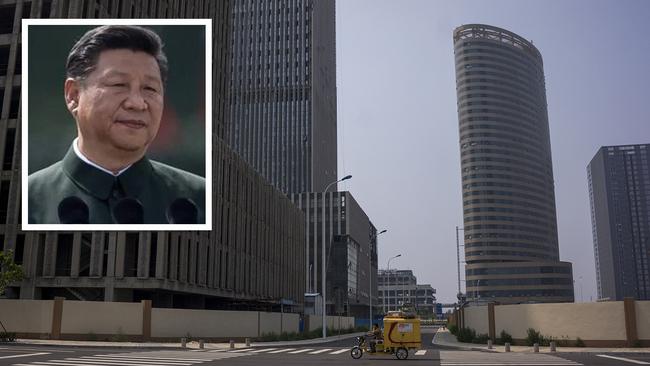
China’s economy was in trouble even before COVID-19. From 2007 until last January, China’s official growth rate had more than halved to about 6 per cent and the World Bank, the Reserve Bank and even the Chinese Premier were predicting a further slowing.
Moreover, many leading economists believed the official figures were false and that growth was in the 4-5 per cent range or even lower. The impact of the virus has been severe. The Reserve Bank assesses that China’s growth rate will fall to about 3 per cent by 2030. Others predict 1-1.5 per cent by 2040. These figures would mean that China’s economy would still be very large, but it would be running at about the same pace as America’s.
China’s national debt exceeds 300 per cent of its GDP and it continues to rise at a rate faster than that of any country in peacetime. Many economists consider this unsustainable.
In efforts to maintain economic momentum and political stability, Beijing has launched a succession of stimulus packages, but much of this spending has been unproductive. Very fast train lines and highways have been built to sparsely populated regions. More than 50 “ghost” cities have been built – completely empty apartment blocks, offices, shopping malls and airports. More than 20 per cent of homes in China are vacant, and about a third of China’s production capacity is believed to be surplus to requirements.
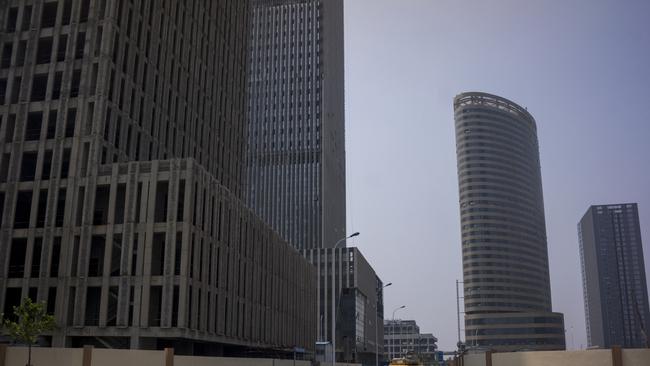
The regime has further distorted the economy by driving the banks to favour state-owned companies over more productive and efficient private sector enterprises. These and related practices have led to high levels of non-performing loans, bank failures, many defaults on corporate bond payments and record levels of bankruptcy.
A further problem is that national productivity is falling, with China losing its competitiveness in many sectors. Numerous Chinese and foreign manufacturers are moving offshore and wealthy Chinese have been shifting large sums out of the country, despite regime attempts to stem this flow.
In the face of these challenges, Xi Jinping is pressing forward with the “Made in China 2025” program that aims to achieve global dominance in 10 high-technology fields by the middle of the decade. While some notable successes are likely, it is doubtful that progress in these fields will be sufficient to turbocharge the nation’s growth soon.
A further problem for the Chinese regime is the increasing drag on society of adverse demographic trends. Largely as a result of 35 years of the one-child policy, and the world’s lowest fertility rate, China’s workforce is collapsing. There are projected to be 45 million fewer workers by 2030 and 200 million fewer by 2050.
Worse still, the population is ageing rapidly. In 2016 there were seven employed people for every retired person. By 2030 there are expected to be four people employed for every retired person, and in 2050 the ratio is projected to be two to one. China will likely have 250 million retired people by 2040.
The implications for national budgets, patterns of investment and levels of innovation and productivity are profound. China is now almost certain to grow old before it grows rich.
The third major constraint on China is the increasing headwinds it faces internationally. China’s mercantilist economic policies, its theft of vast troves of intellectual property, its interference in other societies, its coercion of its neighbours, its extensive espionage operations, its seizure of disputed territories in the South China Sea and elsewhere, and its infection of the world with SARS, swine flu and COVID-19 are fanning international resistance.
The regime’s assertiveness and incompetence have done more to decouple China from the respected international community than anything done by the Western allies. The regime in Beijing finds itself with few international friends, no trusted allies and an alert set of Indo-Pacific nations that are co-operating more closely to thwart its ambitions.
The Chinese leadership is also starting to realise that its vast investment in fourth-generation military capabilities at sea, in the air and in space may be outflanked by impressive new-generation military systems soon to be deployed by the US and its allies. The Americans are expected to roll out the B21 Raider second-generation intercontinental stealth bomber within months, several sets of hypersonic strike missiles are in advanced development and many cutting-edge robotic systems will soon be operational under the sea, on the surface of the sea, on land, in the air and in space. When deployed with new operational concepts, many of China’s military capabilities will become very vulnerable. The West may soon regain clear strategic ascendancy in the Indo-Pacific.
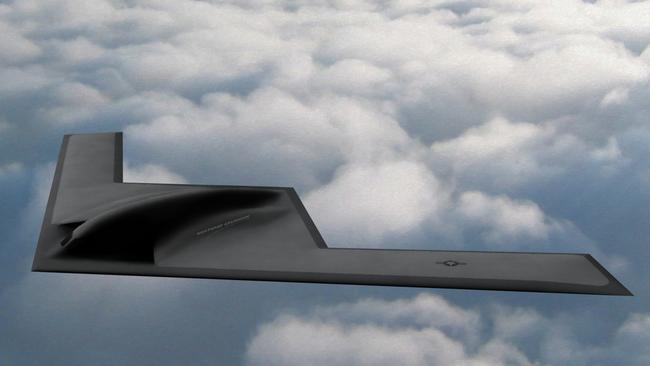
Overlaying all these developments is the unpredictability of change across the region. Sharp economic reversals, more pandemics, natural disasters, military clashes, political crises and even the collapse of regimes cannot be ruled out. Xi has warned his party colleagues of future “black swans” – or complete surprises – and also of “grey rhinos” – known adverse trends that eat away at national power. China looks increasingly vulnerable to both.
China might continue its rise to global ascendancy but the facts suggest that its power may have already peaked. The Chinese Communist Party might muddle through, it might reform or it might fail. There is also a risk that the leadership might resort to international adventures to distract the public and bolster the regime’s security.
In this unpredictable environment the Australian government should consider whether its habit of reviewing the strategic outlook every five to eight years in foreign and defence white papers, and then locking in our policies, plans and investments for similar periods, is sound. The world is changing fast; we now need a more alert and agile approach.
Ross Babbage is a non-resident senior fellow at the Centre for Strategic and Budgetary Assessments in Washington DC and CEO of Strategic Forum in Canberra. He is author of the just released CSBA report: Which Way the Dragon? Sharpening Allied Perceptions of China’s Strategic Trajectory.


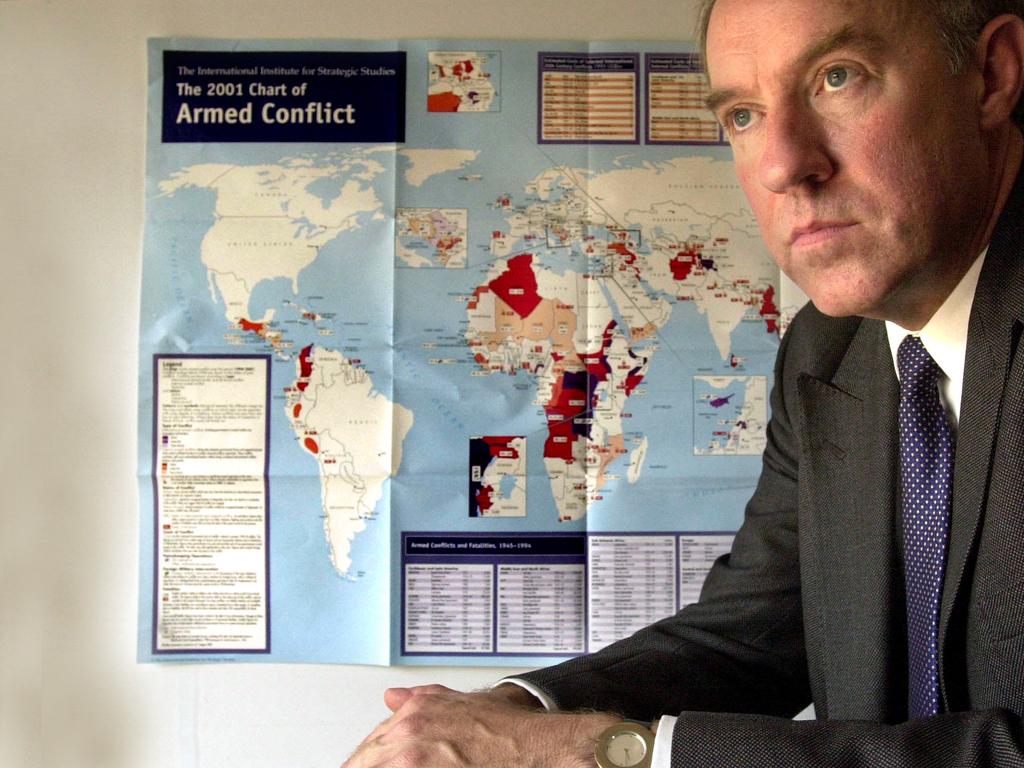

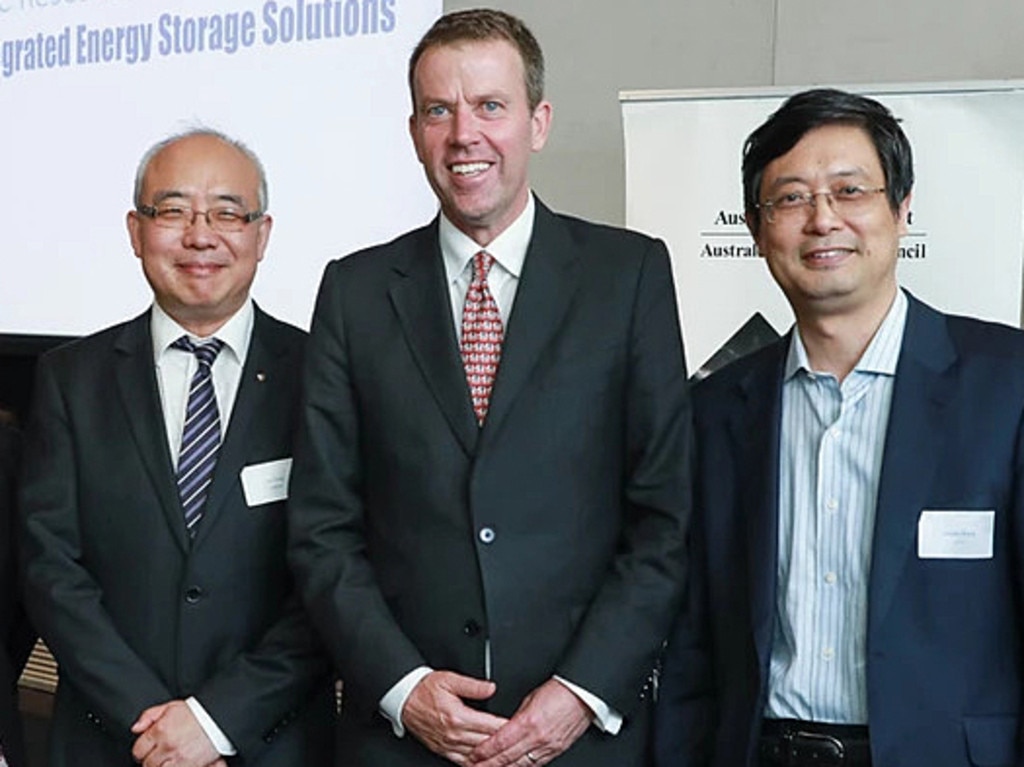



The defining geostrategic story of the last decade has been the rise of China and the gradual retreat of the US. But will that storyline survive this pandemic? Major changes suggest a new account will be needed for the 2020s that reflects emerging facts and higher levels of uncertainty.